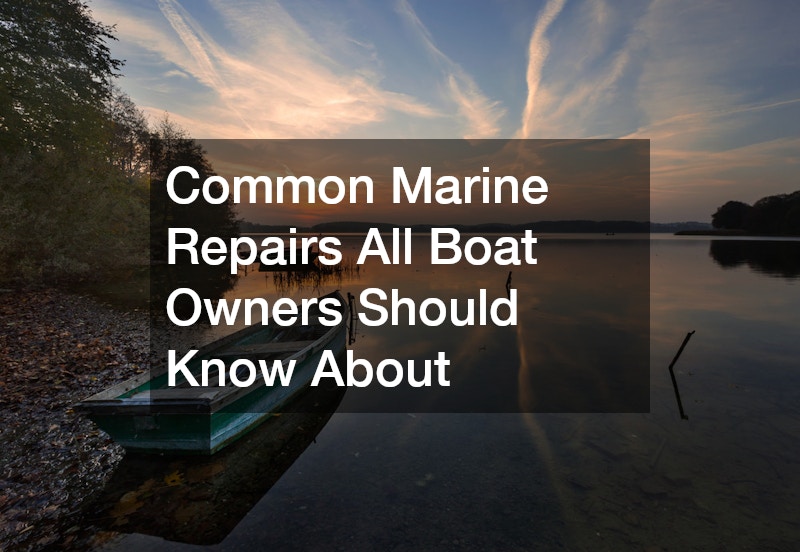Three Important Safety Tips If You’re New To White Water Rafting

Whether they’re hiking, fishing, rafting or taking ATV tours, Americans love being outside. In 2016, more than a billion outdoor outings were reported among Americans, with an average of 76.5 outings per participant.
If you’re interested in exploring new places, many outdoor companies offer ATV tours and rafting tours. In 2018, there are an estimated 700,000 white water paddlers in the United States.
Americans participating in white water rafting get plenty of exercise and a rush of adrenaline as they crash through the waves and are bounced this way and that. It truly is a man versus nature kind of experience, but it’s one that’s thrilling and makes those who do it feel alive. White water rafting also gives paddlers the chance to enjoy the beauty of nature and see different wildlife.
The difficulty of white water rafting is broken down into six river rafting classifications from Class I to Class VI. Each of the river rafting classifications determines potential hazards associated with the river and it’s important to know the difference in each of them.
The river rafting classifications system is handy, but it is only a guide. Most rivers that paddlers traverse have a combination of the classifications, meaning that on different stretches of rivers there are varying degrees of difficulty.
The river rafting classifications for rapids are as follows:
- Class I: There are very few obstructions and moving water isn’t much more than some small waves or riffles.
- Class II: These require some maneuvering, but they are pretty easy to navigate. The rapids are usually easy to side and have some small waves.
- Class III: These can be a bit tricky as they require some precise maneuvering. These rapids usually have irregular, high waves.
- Class IV: These rapids usually require some advanced scouting because the path of the water might be hard to determine without it. These rapids are characterized constricted passages that require precise and complex maneuvering in turbulent waters.
- Class V: These rapids should be scouted from shore as they are difficult, long and often violent with twisting and turning routes. Class V rapids are considered the upper limit of what is possible for the average commercial raft and a mishap could have serious consequences. Due to the rapids’ violence and twisting routes, rescue conditions are often very difficult.
- Class VI: Rafts for Class VI rapids are not available as Class VI rapids carry all the dangers of Class V rapids, but amplified to a more extreme degree. These rapids are for experts only and are nearly impossible to navigate.
White water rafting and ATV tours can be very enjoyable experiences, but it’s important to be safe. To maintain safety, these tips can be a big help.
- Get a guide:
- Stay put: Staying inside a boat when rafting might seem like a no-brainer, but you never know what might happen. If you’re navigating a particularly dicey stretch of water, the last thing you want to do is end up in the water away from your boat. While navigating rapids, a guide will call out various commands that are all designed to help you stay safe and navigate the right way.
- Stay calm: If there is a mishap, it’s very important that you stay calm. If you fall in the water, don’t panic and make sure you find your boat. Sometimes a boat will pop up next to you after you fall in and you’ll need to grab it so you don’t float away. Depending on how far away you are, you can swim to your boat or look for another boat or river bank to get to safety. Above all, it’s important to keep a level head, even in the face of danger.
If you’re new to white water rafting, then you’ll need an experienced guide. Guides know the path you’ll be taking and can advise you of the best way to navigate the rapids and different rafting commands. A guide will also know how to handle different situations and is also trained in CPR and first aid.
If you’re looking for a new kind of outdoor adventure, don’t hesitate to book ATV tours, a white water rafting trip, a kayaking trip or other activities that will increase your enjoyment of the outdoors.







